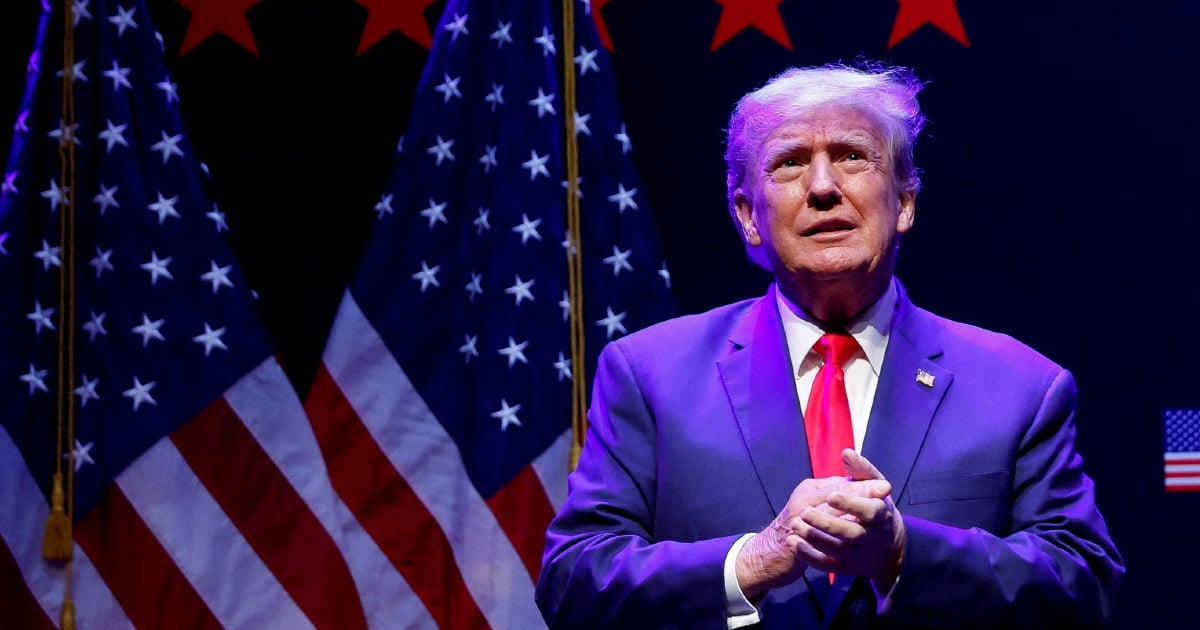





As the 119th Congress grapples with the future of the Tax Cuts and Jobs Act (TCJA), lawmakers are faced with a crucial decision regarding the baseline for tax legislation during the FY 2025 budget resolution process. The choice between a 'current-law' baseline and a 'current-policy' baseline carries significant implications. A current-law baseline would assume a staggering $4 trillion tax increase over the next decade due to the expiration of TCJA provisions, which is a point of contention among Republicans [2a0c22aa]. In contrast, a current-policy baseline reflects the economic realities and allows for the possibility of permanent tax relief without exacerbating the deficit [2a0c22aa].
This debate comes at a time when House Republicans are already divided over the funding of Trump's tax cuts, which are set to expire at the end of 2025. The potential extension of these cuts could cost over $4 trillion, raising alarms about the national deficit [9cbf5fad]. Hardline conservatives are advocating for significant spending cuts, while the House's narrow majority complicates consensus on budget resolutions [9cbf5fad].
The U.S. Chamber of Commerce has emphasized that adopting a current-policy baseline could promote economic growth and stability by removing uncertainty for businesses, which is crucial as they navigate the fiscal landscape [2a0c22aa]. Furthermore, this approach does not impede efforts to reduce spending and addresses biases that favor spending increases and tax hikes [2a0c22aa].
Amid these discussions, Treasury Secretary Janet Yellen has previously warned that extending the tax cuts could lead to unsustainable deficits, potentially adding around $4 trillion to the national debt through 2034 [2e8941cf]. The Congressional Budget Office (CBO) has projected a budget deficit of $1.9 trillion for fiscal 2026, assuming the tax cuts will expire as scheduled [411b70b9].
As the House prepares for a budget resolution vote in the coming weeks, a 50-page proposal menu has been introduced, outlining various funding ideas, including a controversial proposed 10% tariff on imports, which faces significant opposition [9cbf5fad]. Critics of the tax cuts continue to argue that they disproportionately benefit the wealthy and contribute to the national deficit [24d661a1].
With the clock ticking down to the expiration of these tax cuts, the pressure mounts on House Republicans to find a viable path forward that balances fiscal responsibility with the economic needs of American families. The risks of failure echo the challenges faced during the healthcare reform attempts in 2017, underscoring the complexity of the current fiscal landscape [86afc6bf].